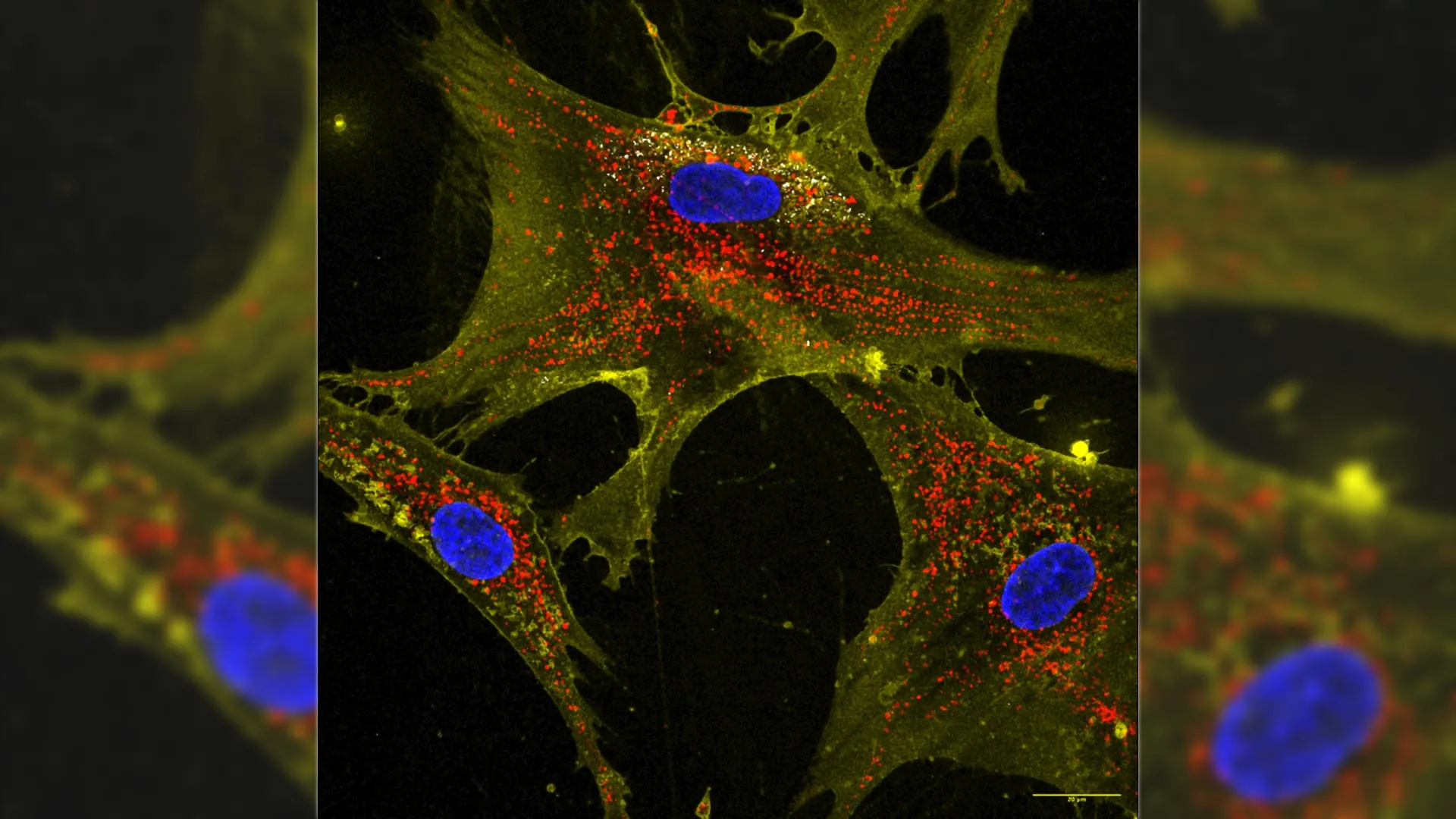Pollen Food Allergy Syndrome (PFAS) affects up to 70% of individuals with pollen allergies, yet it remains largely under-recognized. This condition arises from cross-reactivity, where the immune system mistakenly identifies proteins in certain foods as similar to pollen proteins. As a result, those with pollen allergies may experience allergic reactions to specific fruits, vegetables, nuts, and legumes due to the presence of Class 2 allergens.
Symptoms typically manifest as itchiness or swelling in the mouth, face, lips, tongue, and throat shortly after consuming these foods. While PFAS usually leads to mild symptoms, there is a risk of more severe systemic reactions, affecting 2-10% of patients. These reactions can include nausea, abdominal pain, and even anaphylaxis in extreme cases. Accurate diagnosis and understanding of this syndrome are crucial for effective management and improving the quality of life for affected individuals.
Understanding the Prevalence and Triggers of PFAS
Research indicates that over 60% of food allergies may result from cross-reactivity between food and inhaled allergens. The condition affects up to 20% of children and 58% of adults, with different pollen types triggering varying reactions. For instance, individuals allergic to birch pollen may react to foods such as peaches, apples, and peanuts, while those with grass and weed pollen allergies might experience symptoms after consuming melons, oranges, and certain spices.
Geographical factors also contribute to the prevalence of PFAS, as specific pollen types are found in particular regions. Understanding the plant families that share similar protein structures is essential for identifying potential allergens in patients. When allergic individuals encounter these proteins from ingested foods, their bodies react as if they were exposed to the corresponding pollen, resulting in food allergy-like symptoms rather than respiratory ones.
Importance of Comprehensive Diagnosis and Management
Diagnosing PFAS can be complex, but a thorough patient history combined with specific IgE blood testing is fundamental. When patients present with isolated symptoms after eating plant foods, it provides an opportunity for a detailed allergy assessment. Seasonal respiratory symptoms may warrant a comprehensive allergen sensitization profile tailored to the patient’s geographical background, ensuring a complete understanding of their allergies.
Testing for specific IgE sensitization to identified allergens is crucial. If available, tests that reflex to allergen components should be prioritized, as they provide comprehensive insights into potential allergenic triggers. Establishing whether a patient has PFAS, a primary food allergy, or both allows for more informed management strategies. These can include environmental exposure reduction, dietary modifications, and specific advice on food preparation methods, such as peeling or cooking fruits and vegetables to mitigate reactions.
Recognizing that up to 80% of allergy patients may be sensitized to multiple allergens underscores the importance of an extensive assessment. Understanding the cumulative effect of various allergens is crucial for managing symptoms effectively. By prioritizing early and accurate diagnosis, clinicians can help patients avoid unnecessary allergen exposure while addressing their symptoms proactively.
With PFAS, a strategic diagnostic approach shifts the focus from reactive management to proactive care. This ensures that patients receive tailored strategies to minimize symptoms and improve their overall well-being. As awareness of PFAS grows, so too does the potential for better health outcomes for those affected by this often-overlooked syndrome.







